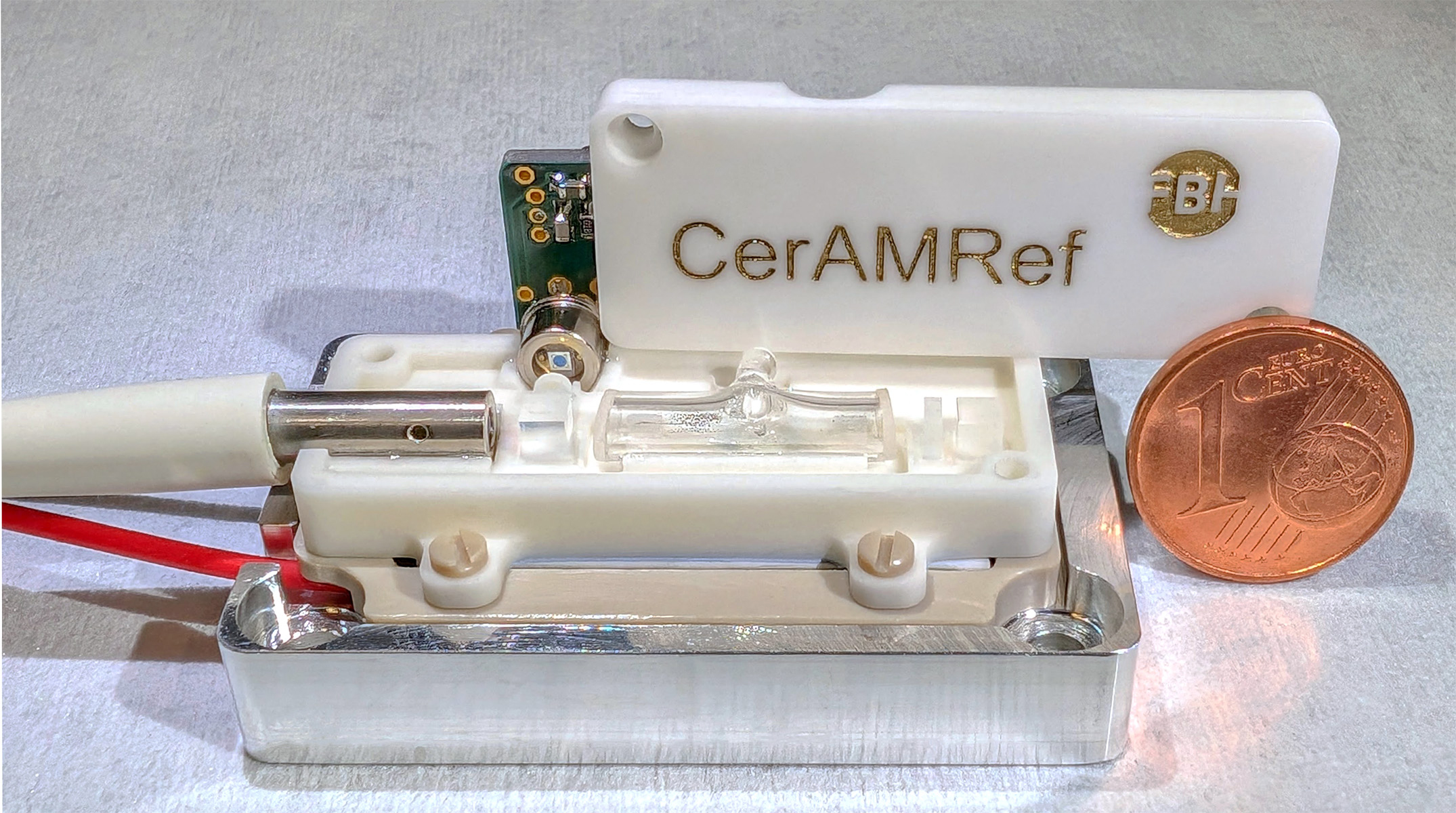Quantum technologies hold the potential to revolutionize computing, communications, and sensors by harnessing the unique phenomena of the quantum world. Concepts like superposition, where particles exist in multiple states at once, and entanglement, where particles remain connected even over vast distances, are the foundation of quantum tech and allow them to far exceed the capabilities of their classical counterparts.
Significant progress has been made in recent years in developing quantum-based devices, but transferring these advanced technologies from the laboratory to real-world applications faces significant hurdles. This is because these devices require the integration of complex components with complex functionalities in order to generate particles or materials in fragile quantum states that are easily disrupted by even minor interference from the device’s environment.
This problem is aggravated by the fact that the very materials used to make the device’s housing contribute to the instability of quantum states. These are typically metals, selected for their strength, stiffness, and cost effectiveness. However, other inherent properties, such as their ability to conduct electricity and inherent magnetic fields, interfere with quantum states.
Replacing metals with ceramics
To solve this problem and make quantum devices more robust, portable, and practical, a team led by Marc Christ, a research scientist at the Ferdinand-Braun-Institut and leader of the Enabling Technologies team at the Integrated Quantum Sensor Lab, has proposed manufacturing crucial components of quantum devices from ceramics instead of metals.
“Ceramics already play an important role in many quantum technologies thanks to their unique properties,” explained Christ in an email. “They are used as electrical insulators, offering vacuum compatibility as well as high temperature stability. Also, their comparably low density and favorable thermal expansion characteristics makes them ideally suited for creating compact and rugged quantum devices.”
These properties allow ceramics to minimize disturbances that can easily disrupt a quantum device’s performance, making the devices more stable and reliable in real-world applications.
The trouble with 3D printing ceramics
While using ceramics for manufacturing quantum devices promises significant benefits, their use has been limited by traditional production techniques. The problem lies in the precision and complexity required to build quantum devices, particularly those that manipulate light to control quantum states.
Creating ceramic housings and parts such as insulating components for micro-scale light-manipulating systems often requires post-processing with diamond-based tools, a costly and time-consuming process. Additionally, traditional ceramic manufacturing methods can’t easily produce complex shapes or fine structures, further limiting the potential applications of ceramics in quantum tech.
Christ and his team therefore suggested using 3D printing to improve the efficiency, performance, and scalability of ceramics-based quantum devices.
“In our research, we are the first to use 3D-printed ceramics in quantum devices,” said Christ. “Traditional ways of manufacturing ceramics can be slow, expensive, and offer only a limited complexity of shapes — especially for small production runs. However, with 3D printing, we can create intricate and functional ceramic components much faster and at a lower cost.”
In a study published in Advanced Quantum Technologies, the team applied 3D printing to create a miniaturized device commonly used for quantum sensing — it accurately sets a laser’s frequency to match the transition between two quantum states of an atom, a crucial requirement for many quantum sensors.
Current iterations of the same sensors can be quite large, often the size of a microwave oven. By 3D printing a single ceramic housing, the team was able to reduce the device’s volume, rendering the system roughly the size of a couple pennies — the entire thing weighs only 15 grams. This tiny ceramic structure houses all the sensor’s essential components, including the atomic vapor cell and electro-optical parts, in a compact and stable configuration.
“What’s important is that even though the system is much smaller, it still works very well,” explained Christ. “The optical alignment stays stable, even when exposed to heat or mechanical stress. This level of stability is essential for many quantum applications.”
The printer they used builds parts layer by layer with a resolution of just 40 microns, which is less than the size of a human hair, allowing for incredibly detailed and precise components. After printing, the ceramic parts are processed in high-temperature furnaces to give them the strength and durability of traditionally manufactured ceramics.
Ready for real-world systems
One of the most exciting aspects of the team’s work is that the technology is ready for deployment.
“Our optical frequency reference is ready to be used in real-world systems,” Christ said. “It can easily be integrated into larger devices that require stabilized laser sources, such as optical wavemeters, quantum sensors, and quantum computers. Since the ceramic housing is 3D-printed, it can also be quickly adapted for different components, making it highly customizable for a variety of applications.”
Christ’s team is already working on several other quantum device projects, including compact atomic magnetometers aimed at measuring magnetic fields, which have a range of applications but can be used to study, for example, the processes within living cells. They’re also looking to miniaturize optical traps for cold atoms, which can be used for quantum sensing or as qubits in quantum computers.
By integrating 3D-printed ceramics into these systems, miniaturized quantum devices that are portable, more efficiently manufactured, and durable enough to handle real-world applications could soon be a reality.
Reference: Marc Christ et al, Additively Manufactured Ceramics for Compact Quantum Technologies, Advanced Quantum Technologies (2024). DOI: 10.1002/qute.202400076

















